Exclusive: Wimbledon – a long-awaited return home
AFC Wimbledon is an English football club with an extraordinary history. The club was founded by fans of Wimbledon FC in June 2002 after their team was allowed to relocate to Milton Keynes, nearly 60 miles north of Wimbledon, and become MK Dons. Now, Wimbledon is planning to go back to its roots by building a new stadium on Plough Lane, where the original Wimbledon FC used to play.
Ahead of TheStadiumBusiness Design & Development Summit (31 Oct-2 Nov, Liverpool/Manchester), we caught up with Vault Advisory’s Andrew Williams, a key figure behind the project, about the proposed development.
Tell us about the concept and background for AFC Wimbledon’s new stadium.
“The history of AFC Wimbledon is an incredible story. Having had their home in Wimbledon sold off and with their place in the Football League subsequently taken away in 2002, a group of fans set about rebuilding a football club. They called the reformed club AFC Wimbledon and it enjoyed a meteoric rise through non-league football with five promotions in nine years. Following the last of these promotions, the club rejoined the Football League in 2011 as AFC Wimbledon.
“Near the start of that journey they bought a ground outside of their home town – and helped another club survive in the process by agreeing to a ground share – but always retained a vision to return to their true home in Wimbledon. Throughout their rise through non-league football they continued to look for ways to achieve that ambition and identified a site a few hundred metres from the old Plough Lane ground as the best option. Forming a partnership with the developer who controlled that site, the club commissioned a specialist stadium design team to develop a solution that met their short and longer-term aspirations.”
“in 2002, a group of fans set about rebuilding a football club… They called it AFC Wimbledon and enjoyed a meteoric rise with five promotions in nine years”
What is the latest regarding the development? Has there been any progress since the planning committee’s approval was granted in December?
“The unanimous approval by the London Borough of Merton at their planning committee in December 2015 was a landmark day for AFC Wimbledon. The application put forward had secured the support of the technical teams at LB Merton, LB Wandsworth, GLA, TfL, the Environment Agency and the Met Police following meticulous preparation.
“Unfortunately, the Mayor’s office (the GLA), headed up by Boris Johnson at that time, decided to exercise their right to ‘call in’ the planning application and take over as the planning authority. Although the process of electing a new Mayor delayed matters, the club has just been told that the planning responsibility has been handed back to LB Merton by the new Mayor, Sadiq Khan. Final approval is imminently expected.” When do you hope construction work can start and when do you hope it will be finished?
“The delay caused by the ‘call in’ by the Mayor means that our programme has been significantly elongated. Once the final approval is ratified and the legal agreements put in place we will be able to confirm our construction dates. The objective had been to have the new stadium, with a capacity of about 10,000, ready for the start of the 2018-19 season and, although that objective remains, the delay makes it a considerable challenge.”
“Unfortunately, Boris Johnson decided to exercise his right as Mayor to ‘call in’ the planning application… significantly elongating our plans”
How will the stadium be funded?
“There are three primary sources of funding. Firstly, there will be a contribution from the adjacent residential development. The overall site is designated for ‘intensification of sporting use’ and therefore the residential developer was required to contribute to the stadium. Secondly there will be the sale of the existing ground, which will be used by Premier League club Chelsea for its youth and ladies’ teams. Thirdly, there will be a bank loan.”
Who is the designer behind the development?
“The architect, Derek Wilson from WilsonOwensOwens, is engaged to lead the design process. He has been supported in that task by David Morley Architects and Mike Crook Architecture. Once we have confirmation from LBM we will take forward the tendering process for contractors. We expect to have initial pre-tender interviews before the end of 2016.”

What special features and facilities will the stadium have?
“The stadium site is very constrained both in terms of the land it sits on and its position within the overall development site. The focus has therefore been on how to achieve the desired capacity as well as making it compatible with the surrounding residential development. In satisfying those objectives, the design team have included a number of features.
“The stadium wall facing the main residential block will include ‘green wall’ sections and the east stand – again, adjacent to the residential blocks – will include a childcare facility and a cafe area that can operate outside of stadium events. There will also be photovoltaic panels and ‘grey water’ recycling to contribute towards the sustainable agenda, as well as water attenuation tanks under two of the concourses, as the site is on a flood plain.
“Final approval is now imminent… we’ll have initial pre-tender interviews before the end of 2016”
“The floodlights will rise high above the stadium to give it a traditional football stadium identity. The hospitality areas are designed to allow maximum flexibility for matchday and non-matchday use, and the accommodation spaces will be used by the club’s charitable foundation in its work with the community.
“With outstanding sightlines, the stadium design will bring the fans as close as possible to the pitch. The development is designed to meet best practice for accessible stadia – both in the initial configuration as well as subsequent development.”
The proposed plans include a dramatic potential increase in the capacity. What was the thinking behind that?
“The club’s stakeholders understood that they could not initially justify a stadium with too great a capacity. They wanted a stadium that retained the ‘Wimbledon atmosphere’, was full, and kept the fans close to the action. They also recognised the financial constraints within which they would need to operate until they generated more revenue and the team progressed further up the leagues. As a result, the stadium will open with a capacity of around 10,000 but have the capability to grow, in stages, to a final capacity of 20,000.”
“The design team had to develop a 20,000-capacity model and then reduce it… three of the stands will be constructed using relocatable seating structures, allowing for an upgrade in the future”
How is this significant increase being factored into the design?
“The design team have had to develop a 20,000-capacity model and then reduce it to a smaller capacity so that we know we can achieve the ultimate capacity. That has meant ensuring that a number of the basic infrastructure elements are designed and – in some cases – installed for the long-term objective.
“Examples of this include the drainage systems, which are designed and installed for final capacity, as well as layout that would be too disruptive to install later. Additionally, plant rooms and kitchens have been designed for the final capacity, but will only be fitted out to meet immediate requirements in the initial phase. The main stand will be taken to its full height but the highest level will be left as ‘shell and core’ in the initial phase – again because it would be too disruptive to construct it later. Also, the pitch construction allows for it to be upgraded in the future to include undersoil heating, ventilation or possibly the installation of an artificial pitch.
“More significantly, when the initial capacity solution was compared with the final 20,000-capacity solution and recognising the budget constraints the design team were working within, it became apparent that three of the stands would be constructed using relocatable seating structures often seen at major sporting events. This would not only be more cost efficient in terms of initial capital cost; it will allow for greater flexibility in terms of expansion. Fortunately, our architects were centrally involved in both the 2012 Olympics and the 2015 Rugby World Cup, which utilised these relocatable structures to good effect.”
“The stadium will include a ‘green wall’, a childcare facility, a cafe area, photovoltaic panels and ‘grey water’ recycling to contribute towards the sustainable agenda”
How will the expansion be funded?
“Funding of the expansion will come through the extra revenue generated by the new stadium – larger matchday capacity, better matchday facilities and better non-match revenue potential. Progress in footballing terms will also generate further income, although any investment in enhancing the stadium will inevitably have to be balanced against the need to invest in the football team itself.”
What other revenue streams will the development have exactly?
“The stadium hospitality areas in the main west stand are configured to allow for conferences, business and club meetings, and functions of various capacities. The largest hospitality area can host a formal dinner for 500 people in the initial mode. The east stand will also house a childcare facility and a cafe that will operate outside of stadium event programmes but will not interrupt the use of the main west stand.
“The club shop will also be located in the east stand near to Plough Lane and will be open outside of matchdays. In addition, the charitable foundation is looking to use some of the accommodation for teaching and study, and concourses for exercise, to support its own work with the community. Should the English Football League decide to approve the use of artificial pitches, the stadium is designed to allow for one to be installed and for additional changing rooms to be created for greater use of the pitch area. The club will only be responsible for the stadium itself – the squash club within the residential development will be run independently.” You have met the fans at a special general meeting to discuss the stadium development. What feedback have you received regarding what they want the stadium to have?
“The interface with the fans has been a vital part of the process as it is the fans who own the club. Members of the Dons Trust Board (who are elected by the members of the Trust – the fans) were involved in the initial briefing process and at key stages the proposal have been presented to the fans for their feedback and comment. Issues raised at those wider meetings and which are embedded in the design solution include the proximity to the pitch, places to meet friends, accessibility for all, ability to expand the stadium, and alternative food, beverage and hospitality offerings.”
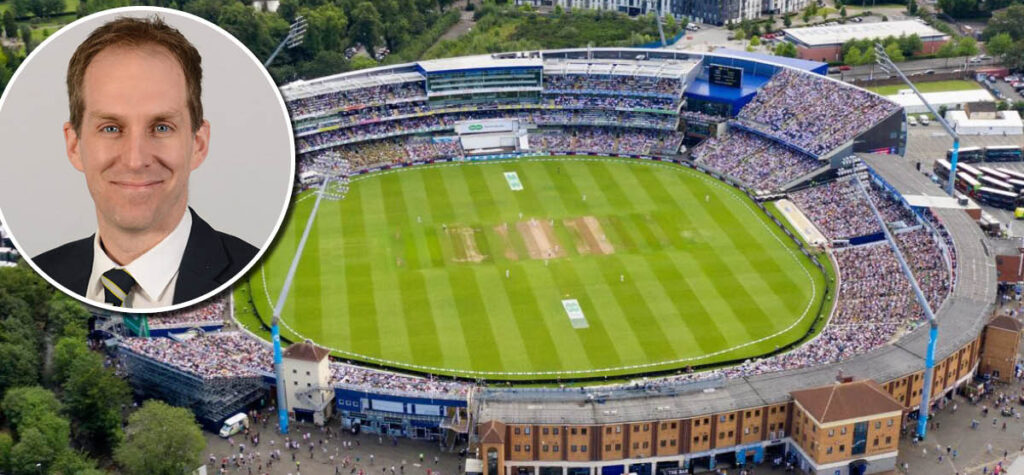
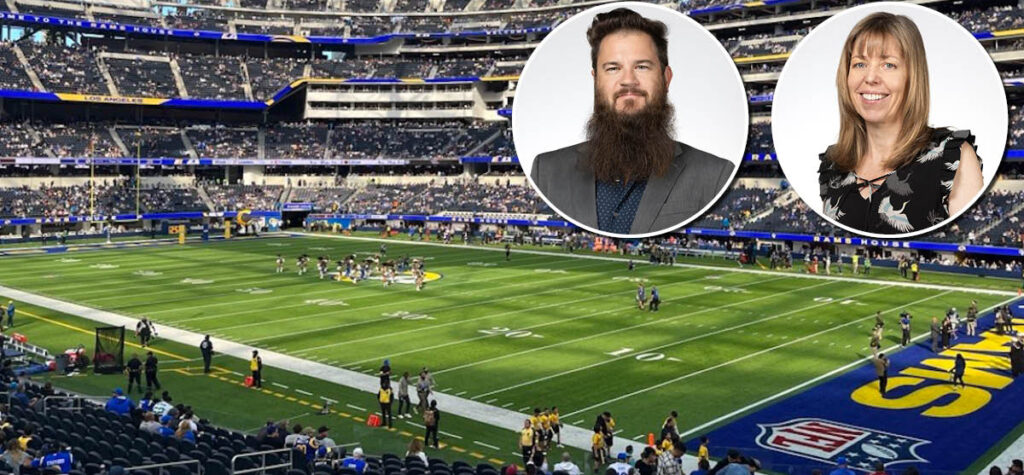
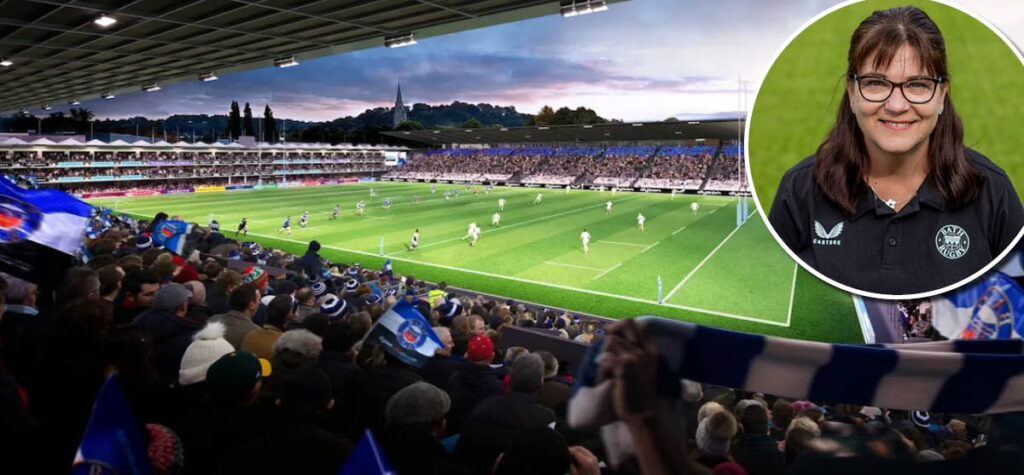
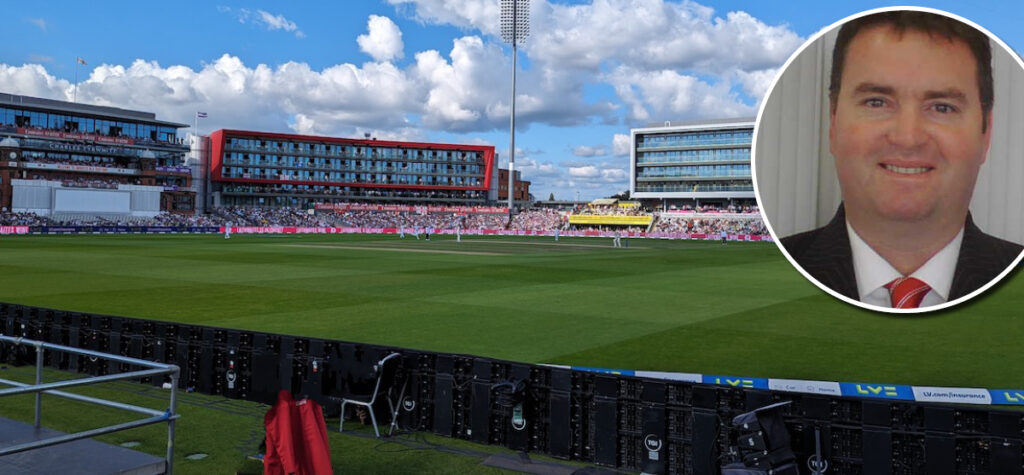
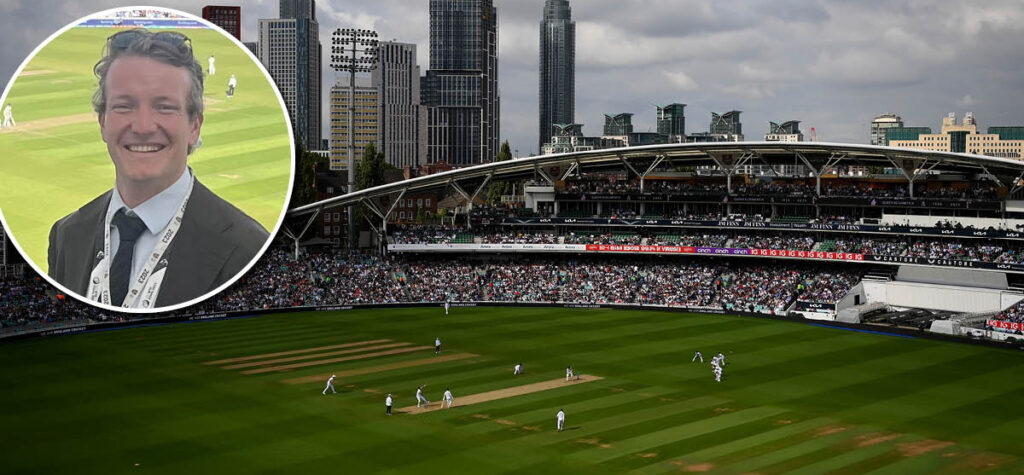
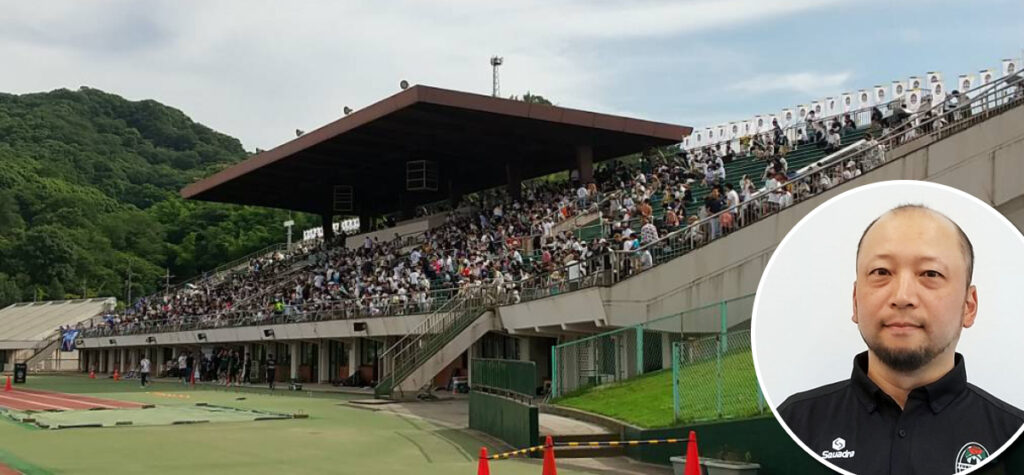
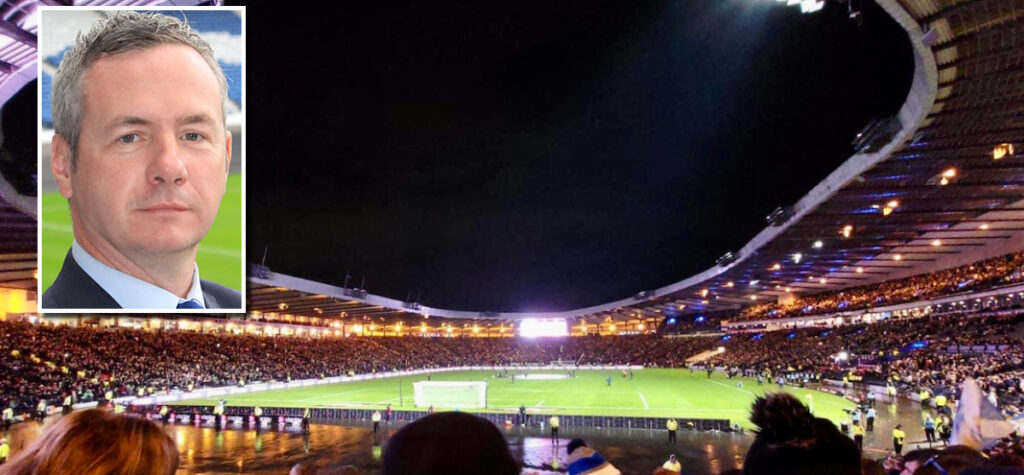
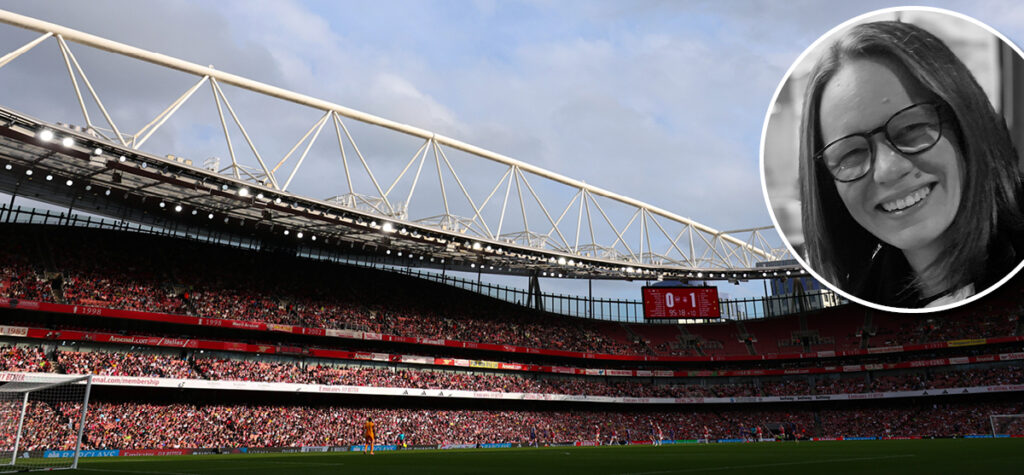
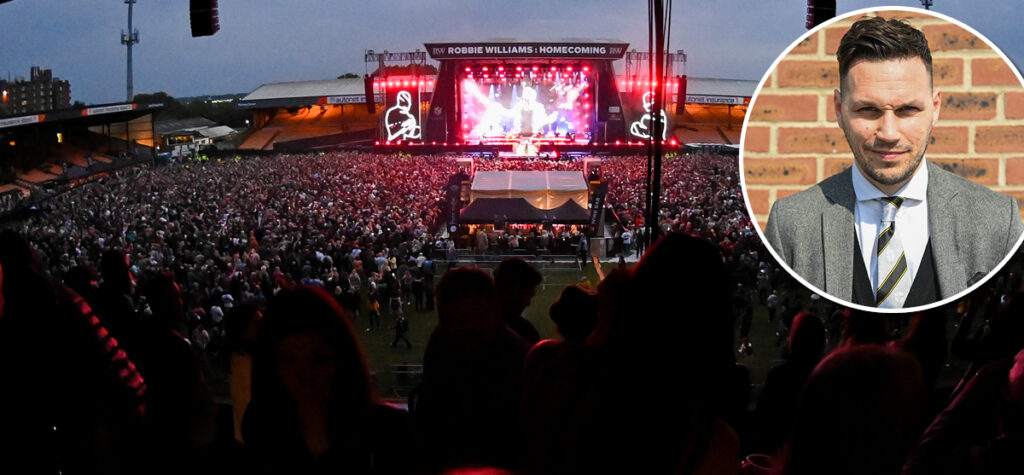
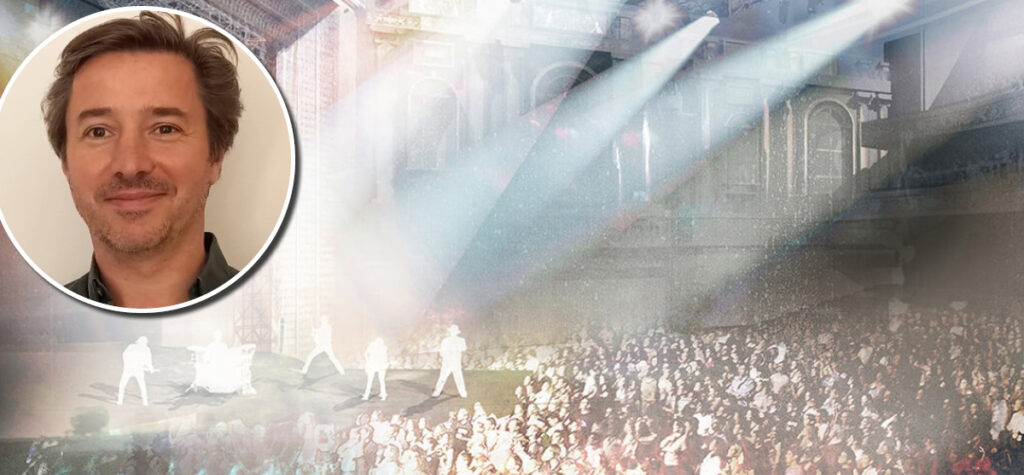
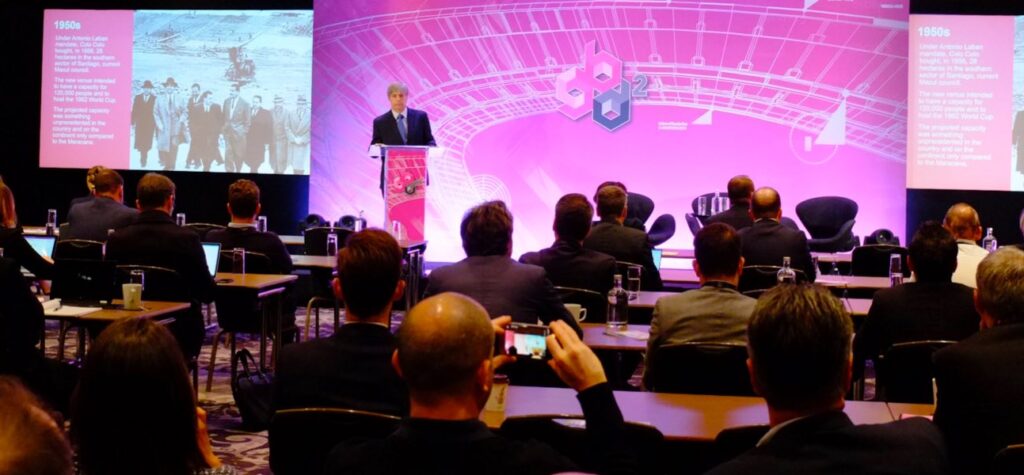
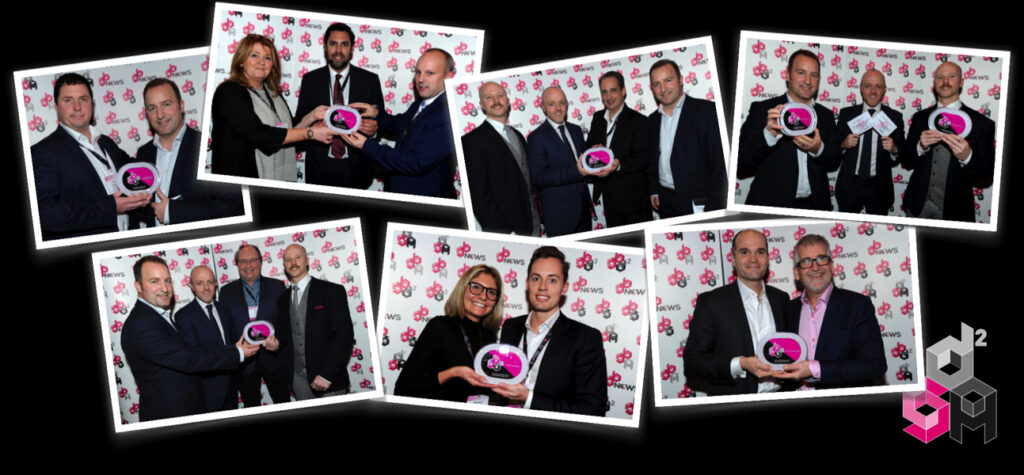

Share this